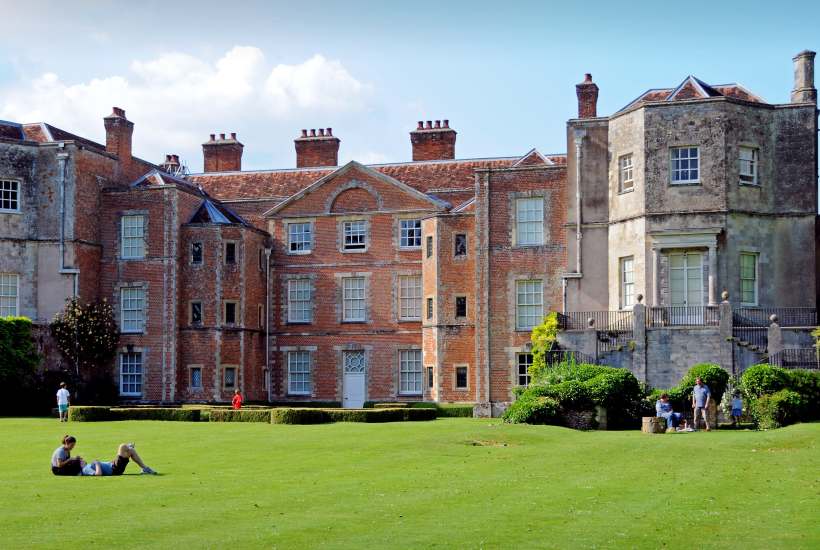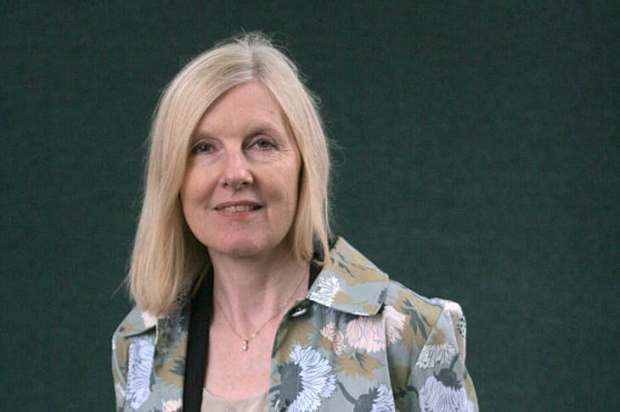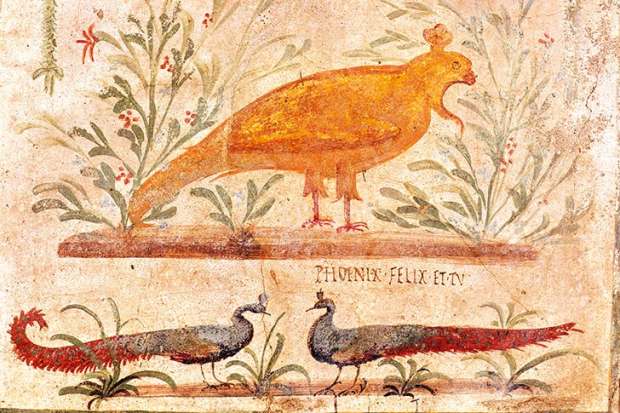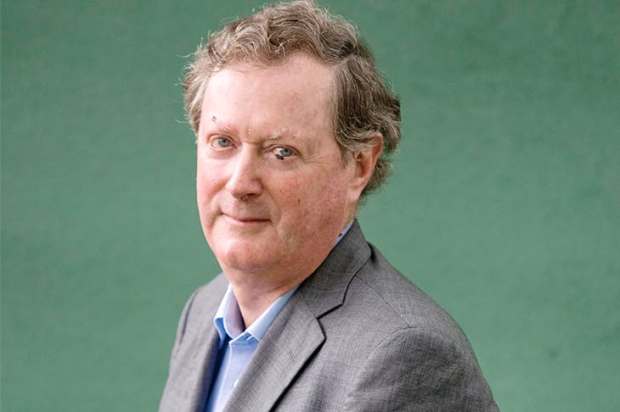The name Maud Russell creeps almost apologetically into a few 20th-century diaries such as those of her friend Violet Bonham Carter. Generally, she keeps her head below the parapet — not a bad place for a diarist, since it allows her to observe without being noticed.
She is certainly worth knowing about. The wife of a banker, Gilbert Russell, a scion of the great Whig family, whose cousin was Duke of Bedford, and daughter of Paul Nelke, a seriously rich stockbroker of German Jewish origin, she was from the mid-1930s chatelaine of Mottisfont Abbey, a beautiful 2,000-acre estate in Hampshire, now owned by the National Trust.
There, in her mid-forties, she surrounded herself with top-notch artists, writers, politicians and aristocrats. Having been associated with the ‘Coterie’, she was close to Duff and Lady Diana Cooper, whose son John Julius Norwich writes a foreword to this rich selection of her astute and entertaining diaries, which, as well as being elegantly produced, is edited with rare sensitivity by her granddaughter Emily Russell.
Intelligent and chic, Maud was an art connoisseur, who not only bought for her own collection, but sat for painters, including Matisse. Her early diary entries concentrate partly on her efforts to obtain visas for her many German relations and partly on her dealings with Rex Whistler, who she hired to decorate the entrance hall at Mottisfont in ‘modern Gothic’ style.
When war came, Mottisfont provided a luxurious retreat for friends. In return they provided informed gossip, such as details of the extraordinary snub Winston Churchill experienced in the French town of Tours in mid-1940. When Churchill’s son, Randolph, visited with his new American girlfriend, Pamela Digby, Maud snorted in unusually catty fashion, ‘She is pretty in a common way and supposed generally to be very silly.’
The highlight of her war years, particularly after her husband died in 1942, was her amitié amoureuse with Ian Fleming, who appears over 100 times in the index. According to her granddaughter, the couple probably became lovers in the 1930s, and their sexual relationship evolved into a warm friendship. Maud kept a lock of his hair in an envelope. Fleming later described his ideal woman as ‘thirtyish, Jewish, a companion who wouldn’t need education in the arts of love’.
Drawing on their regular meetings at the Carlton Grill, Ritz, Ivy and Claridges, Maud provides an unusual insight into Fleming’s career in Naval Intelligence — from his initial fascination with the job, through his cautious references to various operations, to his later disillusionment and general fatigue, as he dreams of a new life, initially in Tahiti and then in Jamaica where (significant revelation) Maud coughed up £5,000 for the purchase of Goldeneye, his dream home on the island’s north coast (£2,000 for the land and £3,000 for construction). He even found her a job in Naval Intelligence, giving her kudos as something more than a banker’s widow.
Fleming’s prewar links to the anti-appeasers have never been clear. These diaries suggest they weren’t particularly close, since Maud only introduced him in July 1943 to her good friend Robert Vansittart, who had run his own semi-autonomous anti-German faction in the Foreign Office. Intriguingly, Lord Kemsley, Fleming’s later employer at the Sunday Times, is presented as a ‘lily-livered’ peacenik. I suspect Maud’s own efforts to contact her German relations may have had a wider, unspoken significance.
At one stage, when her gay pacifist son Raymond was having a breakdown, Maud poured out her heart to Ian, who she describes as the perfect listener because of his own troubled youth. When Fleming stayed in Sussex with Lord Rothermere and their shared girlfriend Ann O’Neill, he escaped after a day, complaining about the frivolity of his host’s set and stating defiantly, ‘I am Presbyterian and Scotch.’
Maud later took up with the impossible sounding Russian artist Basil Anrep, whom she promoted to Kenneth Clark to design the mosaics (which she paid for) for the entrance to the National Gallery.
Throughout, she retained what her friend Frances Partridge called ‘the hint of the dark horse about her, a sense of mystery never quite cleared up’. Such attributes only added to her credentials as a first-rate diarist.
Got something to add? Join the discussion and comment below.
Get 10 issues for just $10
Subscribe to The Spectator Australia today for the next 10 magazine issues, plus full online access, for just $10.
You might disagree with half of it, but you’ll enjoy reading all of it. Try your first month for free, then just $2 a week for the remainder of your first year.














Comments
Don't miss out
Join the conversation with other Spectator Australia readers. Subscribe to leave a comment.
SUBSCRIBEAlready a subscriber? Log in